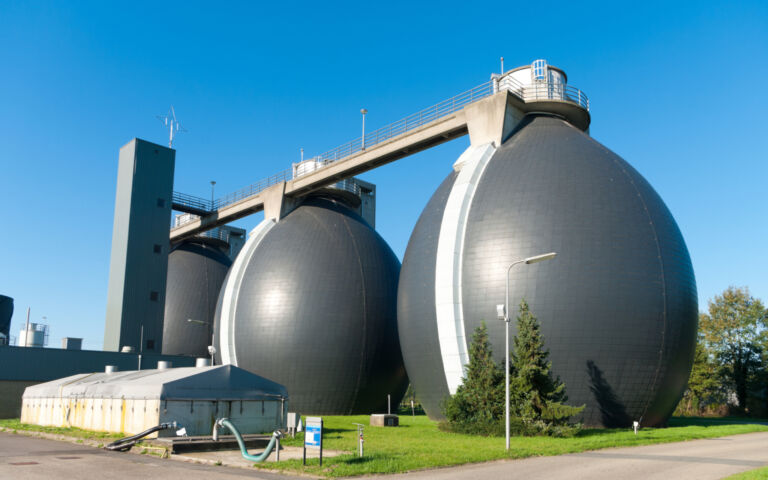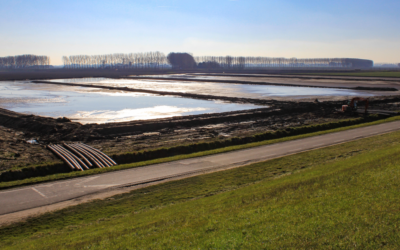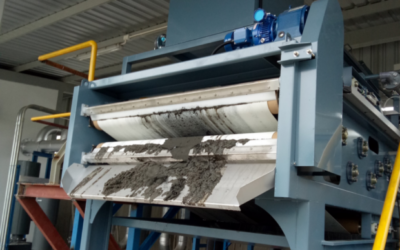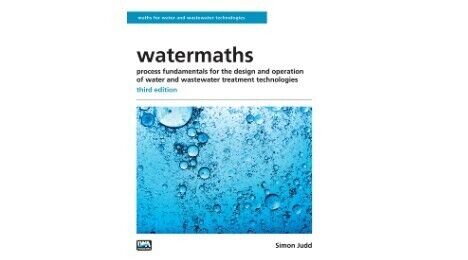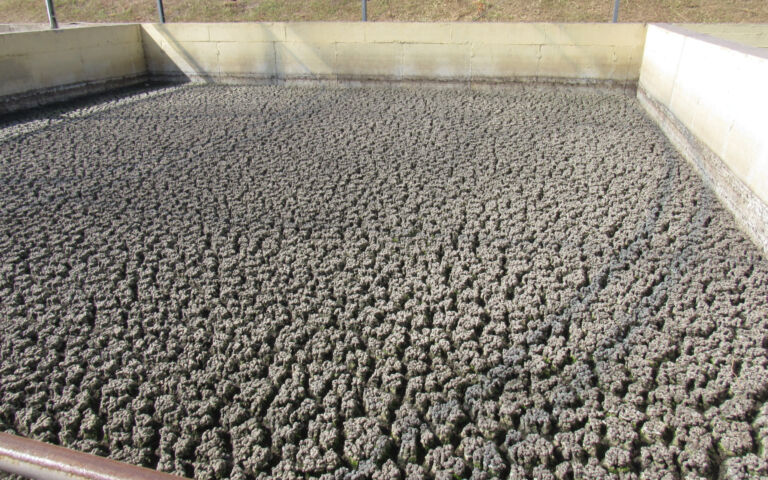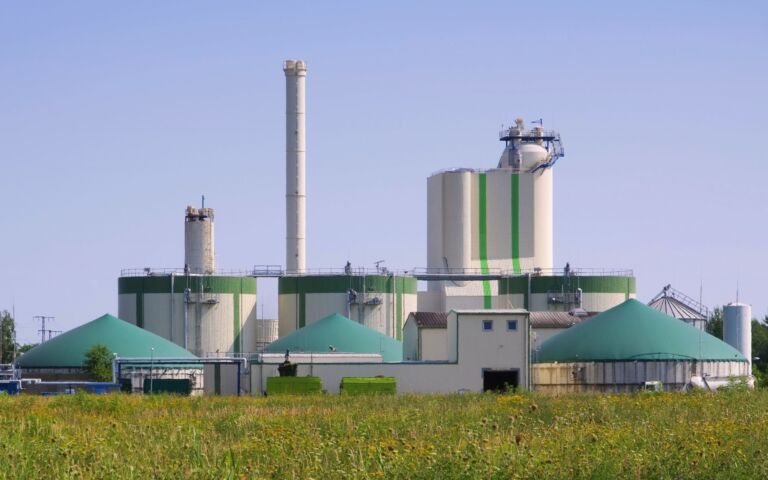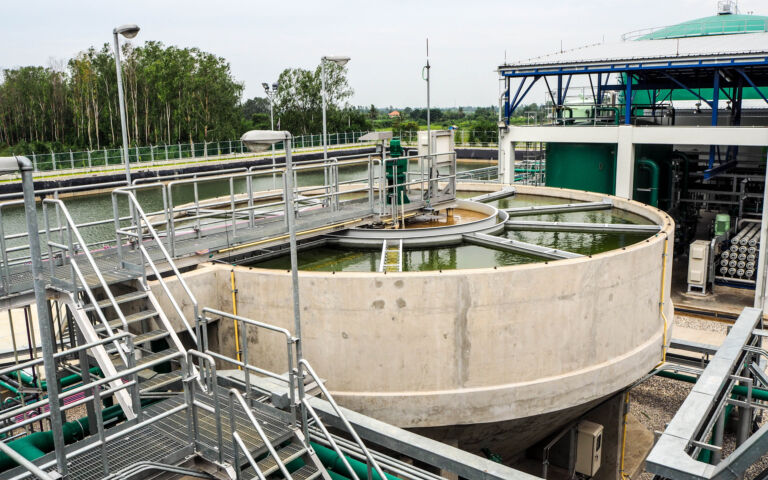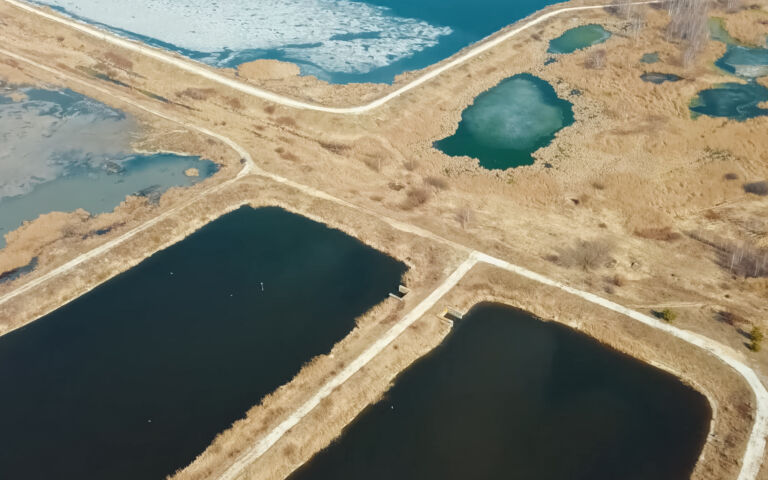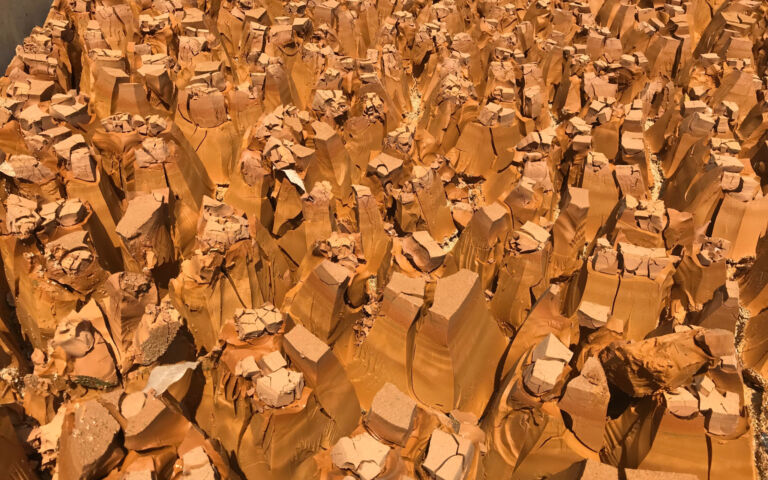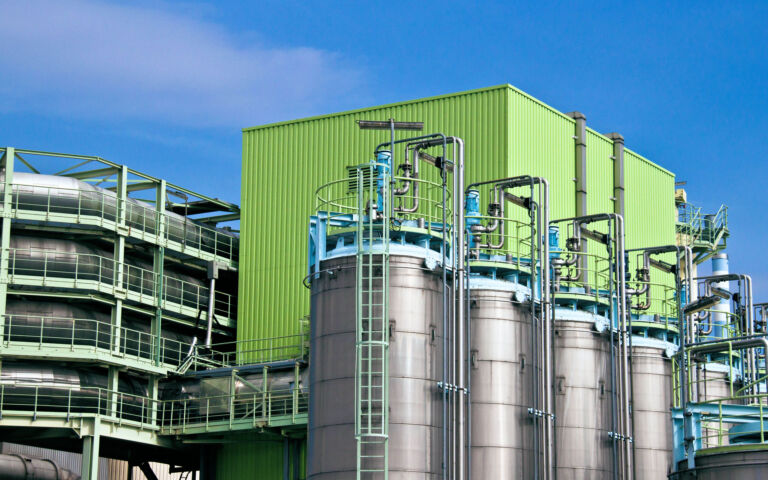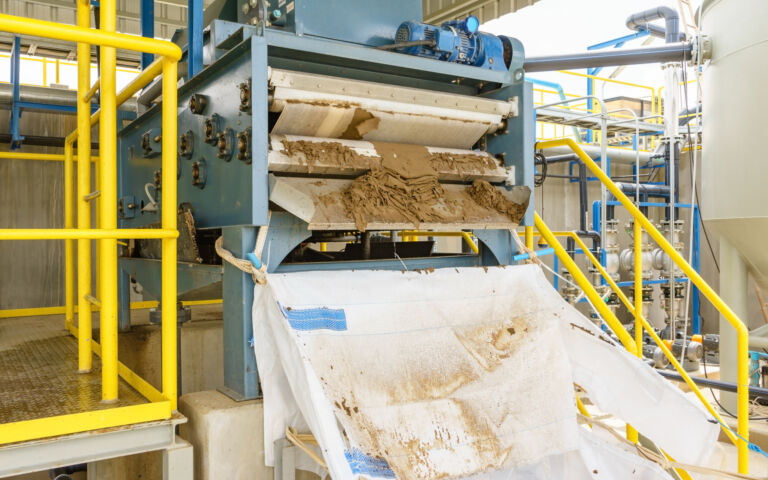
Sludge basics
Sludge characteristics depend on both the original feedwater quality and the type of the unit operation from which the sludge is discharged.
For conventional municipal wastewater treatment, the two main sludge streams are from the primary sedimentation stage, producing primary sludge, and the secondary biological treatment stage, producing waste activated sludge (WAS) if the biological treatment is based on the activated sludge process.



